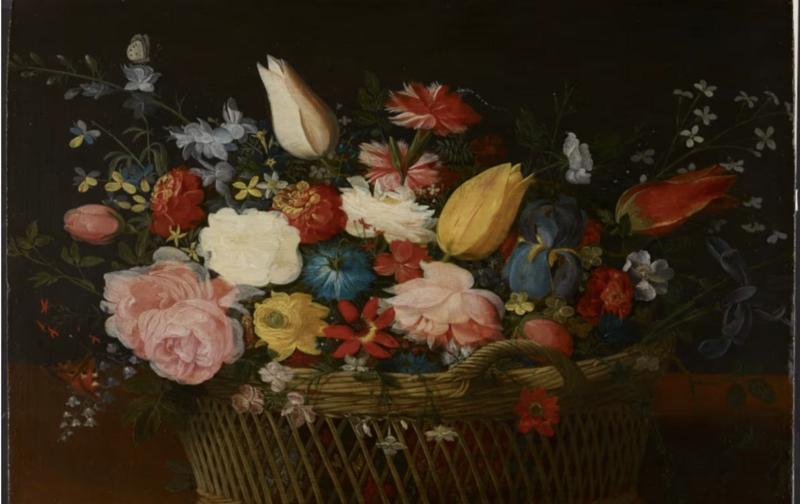An untold number of artworks in galleries and collections worldwide have secret dark histories. Several countries are now stepping up their game to shine a light on them.
Driving the news: Canada and 21 other countries have signed on to a new agreement meant to clarify and enhance best practices for finding and returning art looted by the Nazis. The agreement builds upon a previous set of guidelines called the Washington Principles.
- The new agreement comes on the heels of a report which found that over half of the countries that agreed to the principles in 1998 have made little to no progress in identifying Nazi-looted art and returning said works to their proper owners.
In Canada: The report found that Canada has made “substantial progress,” but could still do more. The country has no legal requirements for returning Nazi-looted works and galleries have pieces with gaps in provenance — artspeak for, “We don’t know where this came from.”
- The country’s shortcomings are evidenced by the fact that just four Nazi-looted artworks have been restituted from public Canadian collections as of 2021.
Why it matters: The presence of Nazi-looted art still persists in today’s art markets since theft was so pervasive during the Holocaust. By the time World War II ended, the Nazis had confiscated as much as 20% of all movable art (i.e., paintings, small statues) in Europe.
Bottom line: Nazi-looted art is still floating through the art world, with ~100,000 works (and thousands in Canada) remaining undetected in both private and public collections.—QH
